Advanced, Accessible, Robotics Training
IMRA was established in 2021 and has since developed a unique robotic surgery education program to educate and upskill surgeons in preparation for the operating theatre of the future. Providing a state-of-the-art learning environment (both live and online), unparalleled access to facilities and training equipment, IMRA is future-focused and driving the progression towards robotic surgery, and better results for patients.
Our Vision
Innovate, Inspire, Train
The IMRA vision is to bring robotic surgery to the modern operating theatre through unique education and training opportunities. We place robotic surgical training safely in the hands of world class surgeons, who facilitate online and in-person courses and provide proctoring to surgeons once they move to live patient cases.
Our history
Our History
IMRA has developed a unique robotic surgery education program with a linear pathway through a four-tiered curriculum of robotic surgical training. Step 1 of the IMRA program is the 15 hour Foundational online curriculum for all surgeons commencing robot surgery. Following successful completion of the Foundational component, step 2 is simulation and VR education using a proficiency based progression. This is followed by 3D narrated robotic surgery video instruction. Once these tasks are completed satisfactorily, IMRA provides low and high fidelity synthetic human organ models to teach specific surgeries. These surgeries can be scored through video as a measure robotic surgical proficiency.
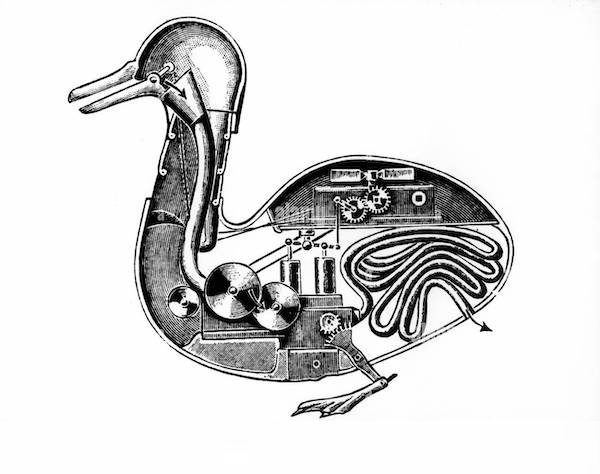
Robota
Around 1700, the robotic automatas were built, some of which could act, draw, fly, or play music; some of the most famous works of the period were created by Jacques de Vaucanson in 1737, including an automaton flute player, a tambourine player, and his most famous work, “The Digesting Duck“.
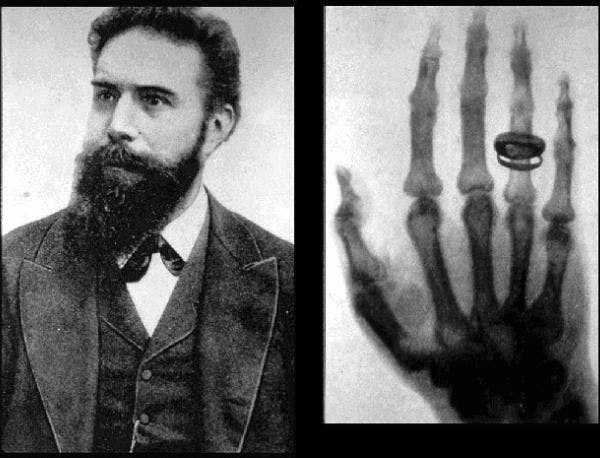
First surgery
The 1800s saw many 'firsts' in surgery, the discoveries of which enabled many of the surgical procedures still in use today. The use of ether as anesthesia is demonstrated in a surgery performed at the Massachusetts General Hospital, the first successful appendectomy is performed in Iowa and the first X-ray is performed in Germany.
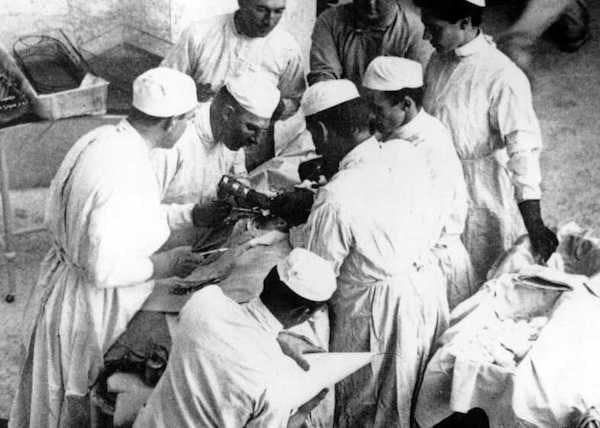
Halsted teaching method
American surgeon William Stewart Halsted's phrase, “See one, do one, and teach one,” formerly characterized traditional surgical instruction. Under Halsted's dogma, medical trainees were expected to competently perform a certain procedure after observing a single performance.
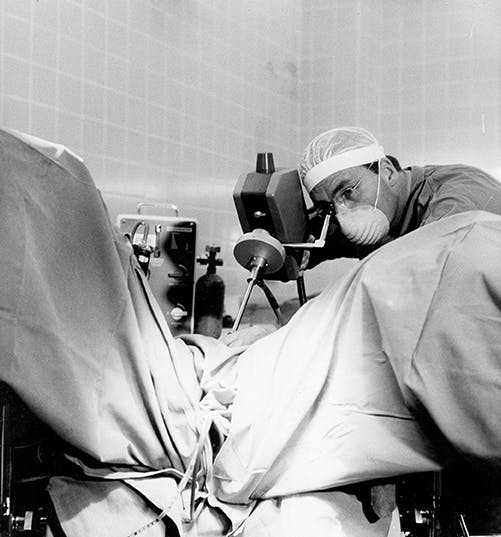
First laparoscopic
In 1901 Georg Kelling (1866–1945), a surgeon and gastroenterologist from Dresden, demonstrated the first laparoscopy at the end of his lecture entitled “About the inspection of the esophagus and the stomach with flexible instruments”; he referred to the technique as “coelioscopy“.

First surgical stapler
Victor Fischer and Hümér Hültl invented the first surgical stapler. Since their development in 1908, surgical staplers have been used as a method of “mechanical suturing“ in efforts to divide hollow viscera and create anastomoses in an efficient and sterile manner.

First robotic assisted surgery
On March 3, 1997, in Belgium, Dr. Jaques Himpens performed the first robotic-assisted operation in a living patient, a cholecystectomy using Intuitive Surgical's robot, called Mona. A human assistant held the endoscope since this system did not have a camera holder

First Australian robotic assisted surgery
In 2003, Professor Tony Costello performed the first open radical prostatectomy using robotic surgery in Australia. This was performed at Epworth Hospital which was then the fifth machine in the world.

AMRA starts
In 2017 the Victorian government funded Australian Medical Robotics Academy in Melbourne. Located in the Parkville medical precinct in Melbourne, AMRA began training specialists in the use of revolutionary medical robots for minimally invasive surgery, partly through virtual reality surgical simulators.
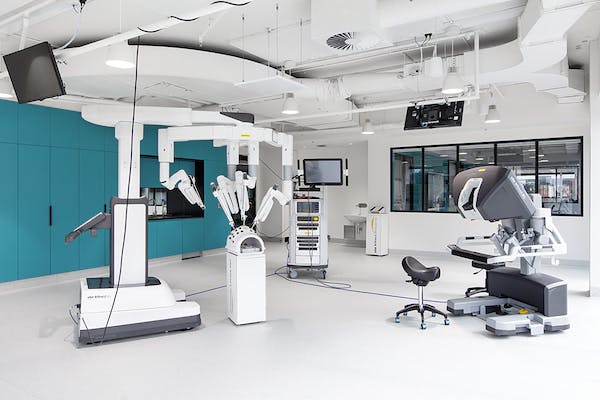
RSE & IMRA starts
In November 2021, Robotic Surgery Evolution Ltd was incorporated and acquired the assets of AMRA and launched the International Medical Robotics Academy, delivering comprehensive surgical training and education to specialists from both Australia and abroad on the use of medical robots for minimally invasive surgery.
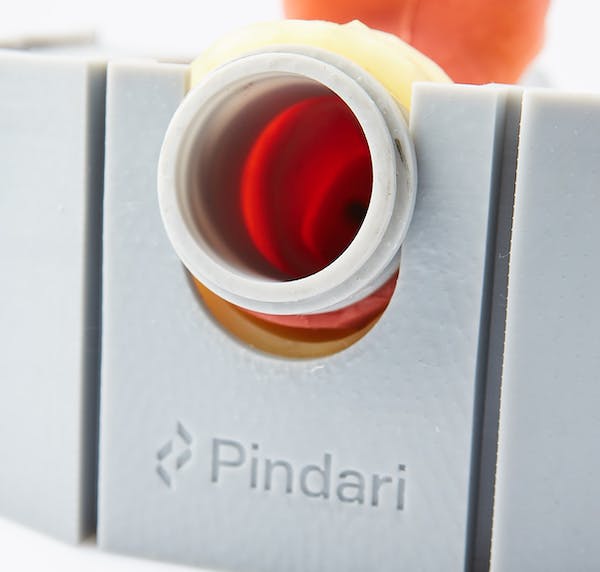
Pindari starts
In 2023 RSE launched the Pindari Surgical Education Solutions business, focussed on manufacturing a range of hydrogel models will that replace the use of cadavers and pigs in surgical training with synthetic tissue that is of such high fidelity that is beyond anything currently available on the market.
Our Four Pillars
Our Program
Synthetic Organs
Reduce then eliminate the need for cadavers and animals via lifelike synthetic organs that can be created on demand to simulate both normal and diseased conditions.
VR & Simulation
Virtual reality is integrated and utilised from the initial online courses and throughout the simulator-based training.
Customised Training
Simulators and robots are located in dedicated training rooms with 24/7 accessibility, increasing the opportunity for participants to complete additional personal practice sessions.
Multi Vendor
IMRA will provide training on all key systems, including the well-established da Vinci system plus offerings from Medtronic, CMR Surgical, and Kawasaki as they commence operations in Australia and internationally.
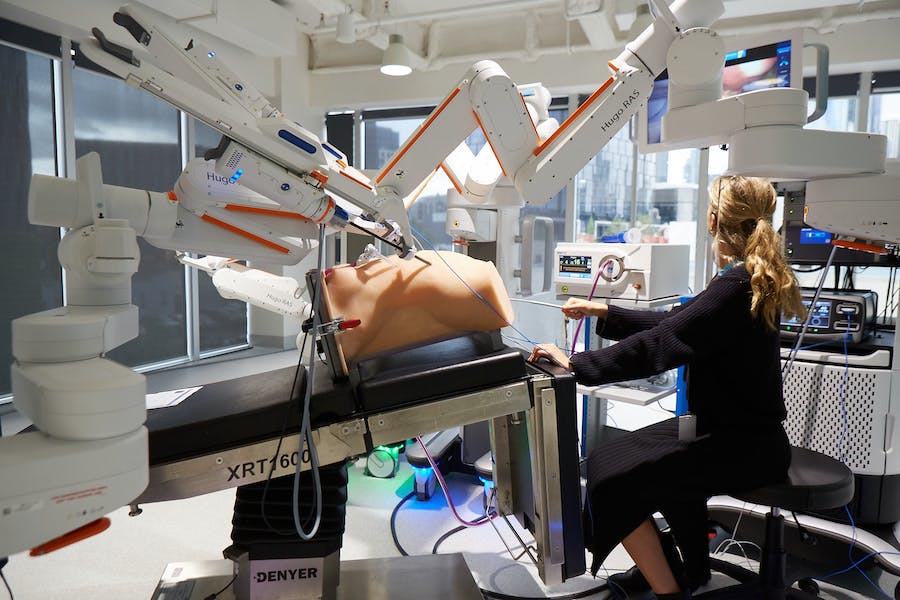
Our Team
The IMRA team have diverse backgrounds and experiences, from the military, the film industry, archaeology, engineering, higher education and biomedical industries. The combined wealth of experience allows us to innovate and dedicate to creating change in the field of robotic surgical training and education.
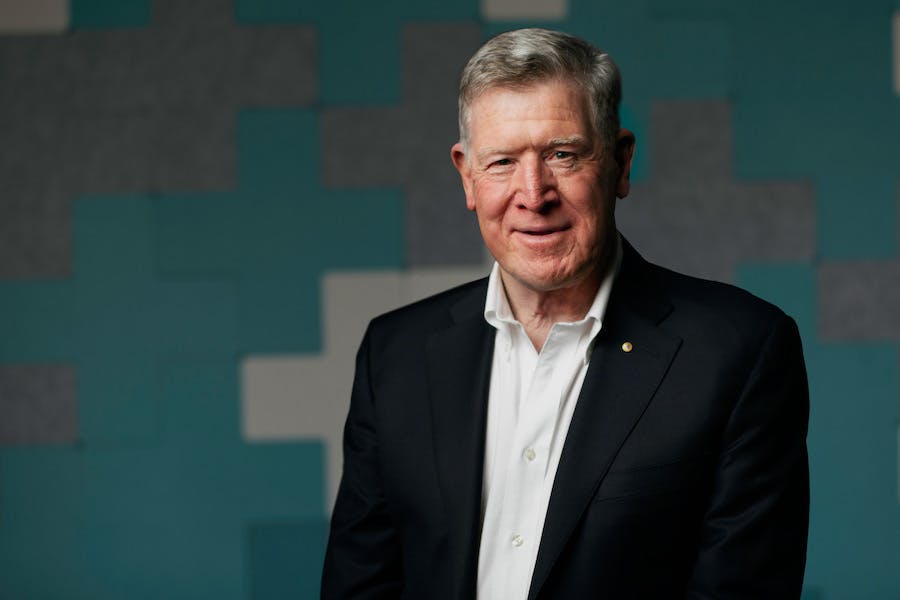
Our Faculty
The IMRA faculty represent leading surgeons, chemists, engineers, designers and educators from across the world. Not only do faculty members teach, train and proctor surgeons, they provide heuristic advice for tissue development and synthetic model design.
©IMRA 2024
Privacy Policy